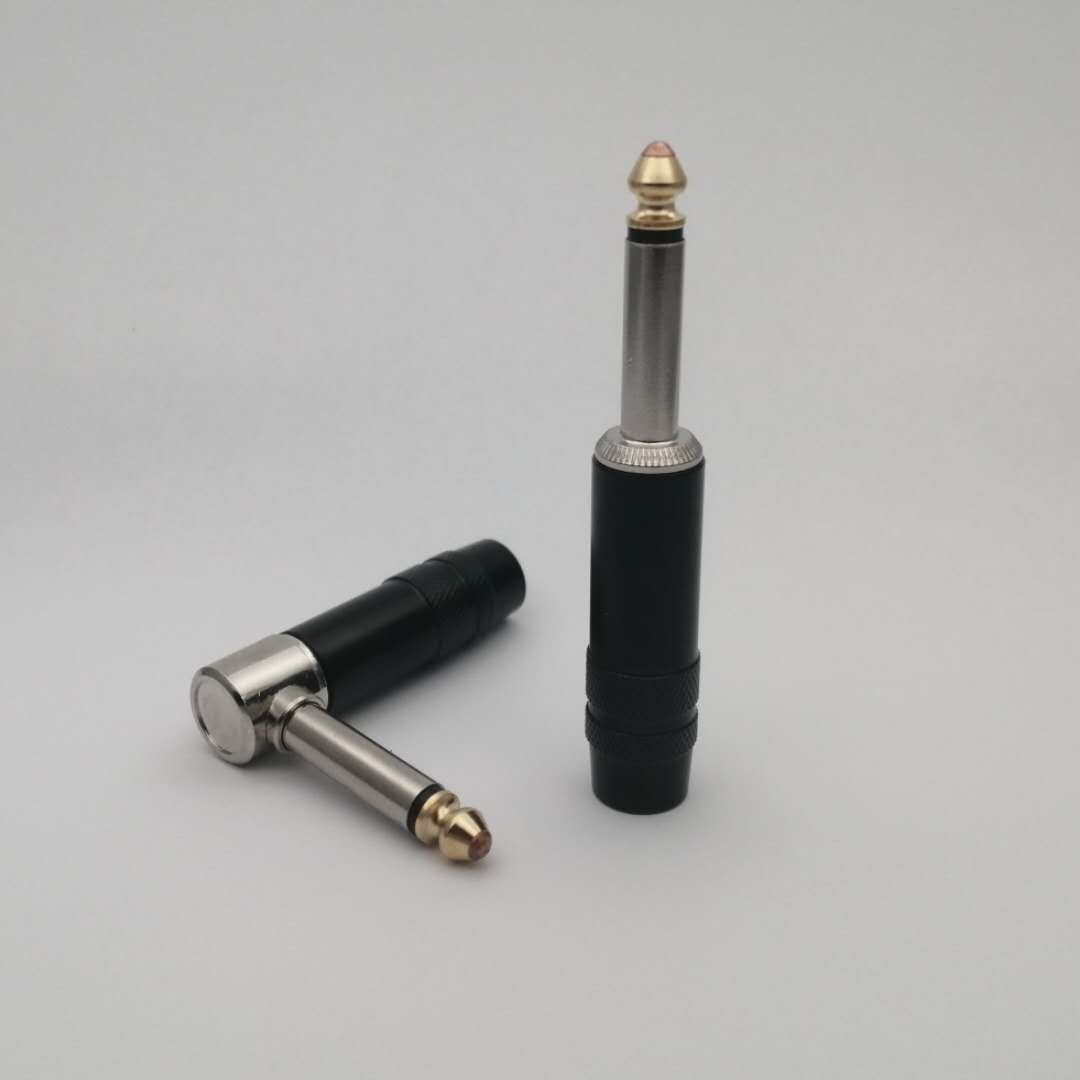The 3.5mm plug is the most common one, and most mobile phones and earphones use it. There are 8 commonly used connectors for headphones!
3.5mm TRS: The three-segment 3.5mm TRS is the most common headphone plug. From top to bottom, it is left channel, right channel and ground. It is compatible with most mobile phones and DAP.
3.5mm TRRS: Headphones with wired control function. You will find that the plug is a 4-segment TRRS. In addition to the left channel, right channel, and ground, there is also a signal that can transmit the microphone.
6.3mm: The plug is a 3-segment design, with left channel, right channel and ground. Due to the large area occupied, it is generally only used on home audio equipment, such as two-channel amplifiers, large headphone amplifiers, etc.
4-pin XLR: Appears on large amps or home amps. It is a balanced plug. The positive and negative of the left and right channels are completely separated, but the grounding is shared, which can achieve balanced transmission. The 4-pin XLR balanced output jack will only appear on home amps.
2.5mm TRRS: Some DAPs are equipped with balanced output jacks. The amplification circuit can be processed independently on the left and right. The gain output is very sufficient, which not only makes the earphone easier to push, but also reduces the noise caused by the current, making the music more clear and beautiful.
The 2.5mm TRRS balanced plug has a 4-segment structure. The positive and negative signals of the left and right channels are transmitted separately and have a ground wire.
4.4mm: The Japan Electronics and Information Technology Industry Association (JEITA) announced the headphone definition standard "RC-8141C" in March, and chose a 4.4mm 5-segment as the balanced headphone plug standard, except for the positive and negative poles of the left and right channels. Outside, the grounding is also independent.
The 4.4mm balanced plugs and jacks are currently only used by Sony audio products, but whether the new specifications can unify the current chaotic balance standards, I believe it will take another year or two to see.
Lightning: Designed for iOS devices, it lacks flexibility to a certain extent. The output of the traditional 3.5mm headphone jack is an emulation signal, which needs to be decoded by the built-in DAC of the mobile phone and converted into an emulation signal before being transmitted to the earphone.
However, the headset with the Lightning interface can put the DAC chip in the headset, and the headset manufacturer can choose the DAC decoding chip to ensure that the headset can be used
USB Type-C: Now some Android phones are the same as the iPhone 7. The 3.5mm headphone jack is deleted, and the audio signal needs to be digitally output through the USB Type-C interface. It can be said that it is only a stage of "testing the water temperature" and has not been popularized.
